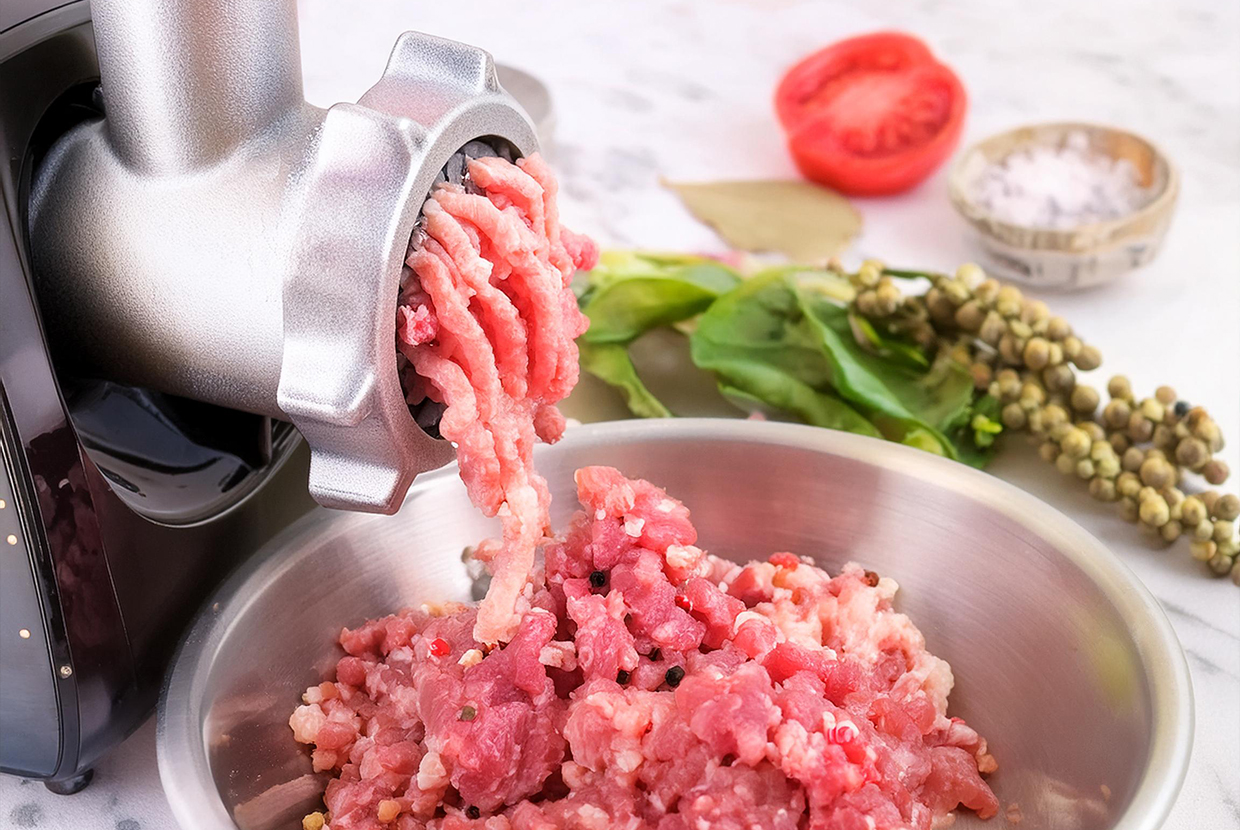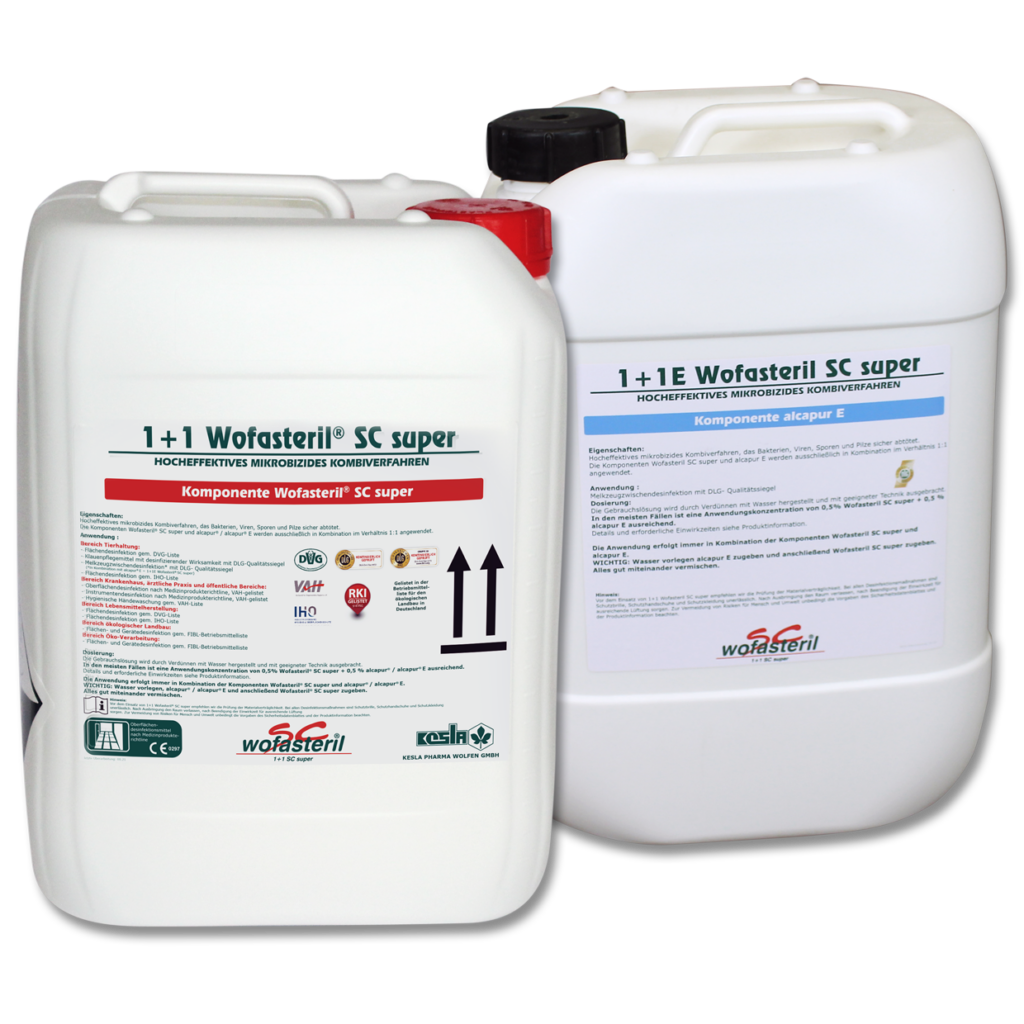
Listeria can survive in food production environments for a long time if cleaning and disinfection are inadequate, posing a continuous risk of contaminating new products during processing.
Germ-free without compromise - because food safety comes first
Reliable Protection with Peracetic Acid-Based Disinfectants
Raw and processed foods can serve as vehicles for harmful pathogens. Among the most common foodborne illnesses are salmonellosis, campylobacteriosis – and listeriosis. Although rare, listeriosis can be especially severe and even fatal. For this reason, preventing Listeria contamination is a top priority in food hygiene.
Listeria – Small Bacteria, Big Risk
Listeria are small, rod-shaped bacteria known for their remarkable ability to adapt to diverse environments. They thrive in surface water, sewage, compost, and even the digestive tracts of animals. In agricultural and food production environments, they are widespread and can contaminate raw ingredients before they even enter the processing chain.
Once inside food production facilities, Listeria can survive for extended periods – especially if cleaning and disinfection procedures are inadequate. Unlike Salmonella, which often causes visible food spoilage, Listeria contamination is undetectable by sight or smell, making it a particularly stealthy danger. That’s why consistent and thorough hygiene protocols are essential.
Peracetic Acid – Powerful, Fast, and Environmentally Friendly
Disinfectants based on peracetic acid (e.g., Wofasteril®) offer highly effective protection against bacteria, viruses, and biofilms. Thanks to their lipid-soluble nature, peracetic acid molecules penetrate the bacterial cell membrane and deliver active oxygen directly to vulnerable enzymes inside the microorganism. These enzymes are oxidized and rendered non-functional and killing the bacteria from within.
Peracetic acid stands out not only for its rapid and comprehensive antimicrobial efficacy but also because it does not lead to resistance even with repeated use. From an ecological perspective, it is an ideal choice: after application, it breaks down into water, oxygen, and biodegradable acetic acid. This makes it safe for both the environment and users as it poses no carcinogenic or allergenic risks.
Effective Disinfection Requires More Than a Good Product
Success in hygiene depends not only on the disinfectant itself but also on consistent and user-friendly application. Strategic disinfection practices are essential to avoid cross-contamination. This includes disinfection of all surfaces, tools, dishes, machines, and even cleaning cloths and sponges.

Wofasteril® Combination Systems – Material-Safe and Odor-Reduced
To protect acid-sensitive equipment and surfaces from corrosion, Wofasteril® combination systems have been developed. These include 1+1 Wofasteril® SC super or Wofasteril® combined with alcapur® / alcapur® E, depending on the application. They provide enhanced material compatibility and significantly reduced odor, expanding the range of potential applications across the food industry.
Conclusion
Listeria is a silent but serious threat in food production. With peracetic acid-based disinfectants like Wofasteril®, food processors can rely on a powerful, safe, and eco-conscious solution. From farm to fork, it ensures the highest standards of hygiene and consumer protection.
